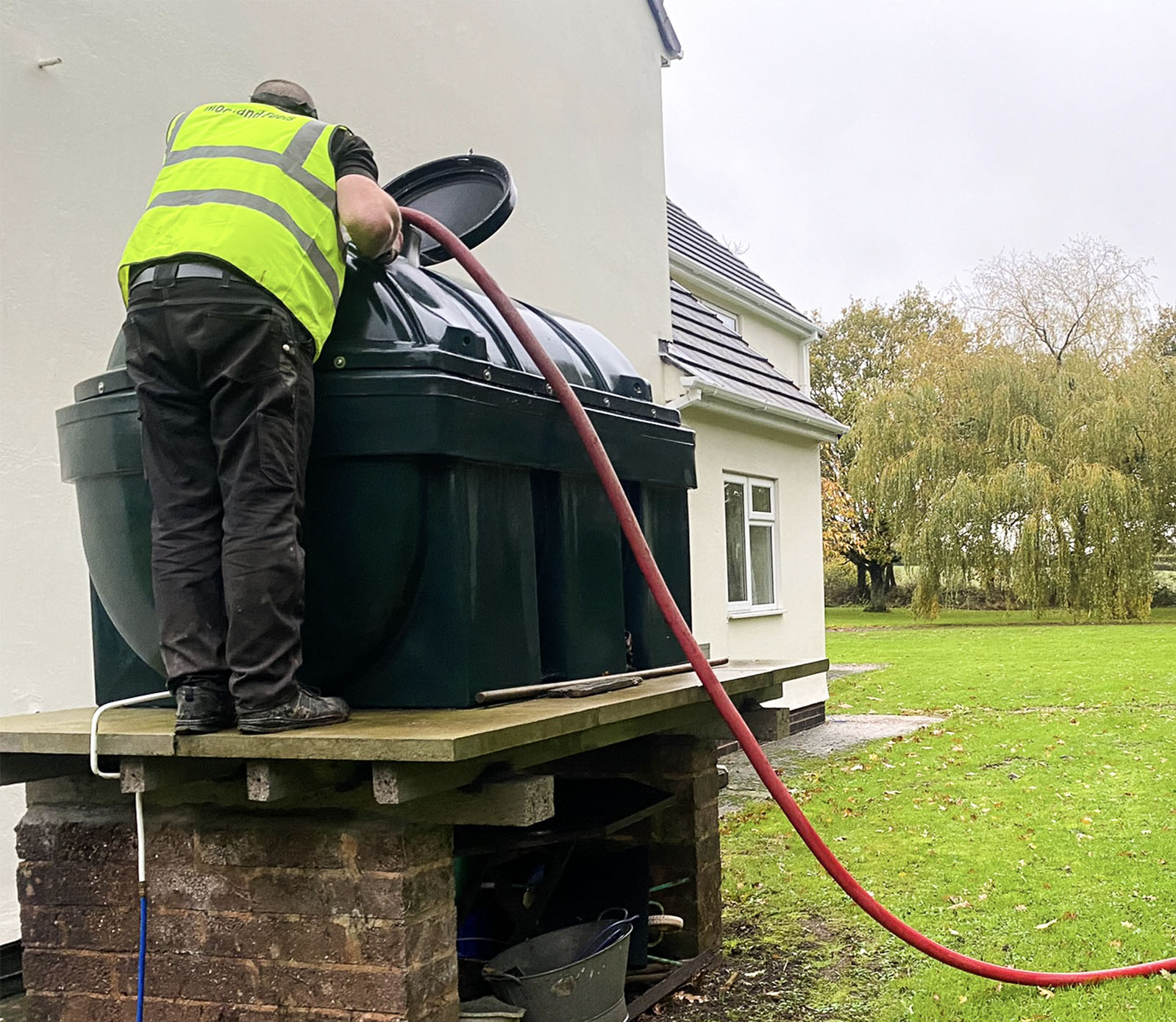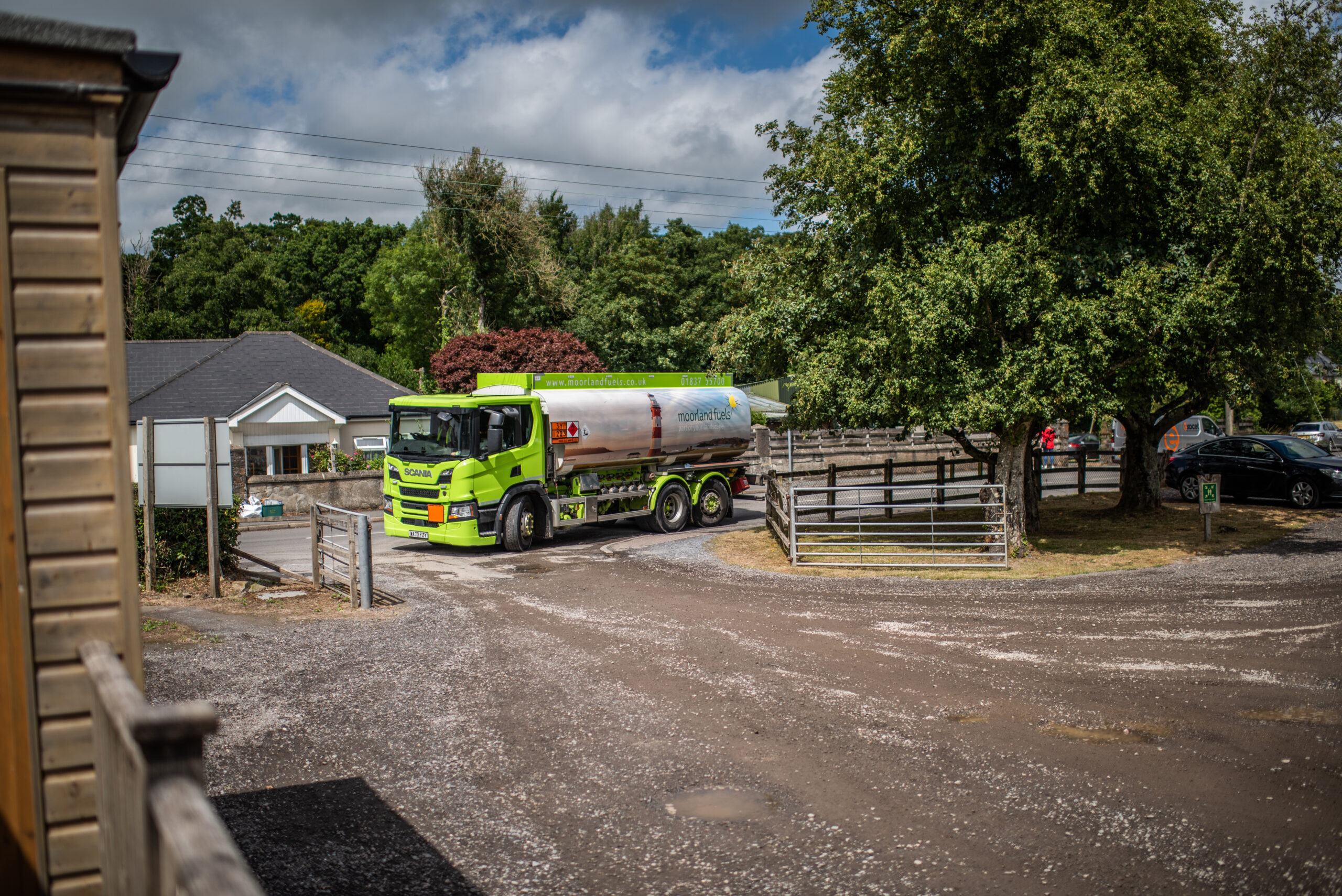
Your Definitive Guide to Heating Oil Tank Replacement
Have you just moved into a new home and noticed a heating oil tank? If you are unfamiliar with how these things work, it can seem a little overwhelming at first in terms of figuring them out. However, you needn’t worry. Heating oil tanks are straightforward to use once you know how they work and when to replace them.
The heating oil tank you had installed might be looking a bit worse for wear. Whatever your thoughts on it, it’s crucial to know if, and when, your tank needs to be replaced.
Here in this guide, we will help you figure out the key information you need to know relating to heating oil tanks. If you are currently in need of a new oil tank or need your current tank to be replaced, there are a few things you need to know and factor into the process, for example, if you get a new tank you need to make sure that you comply with the law but you need to be practical too. This guide will help you gain a good understanding of owning a heating oil tank and figuring out when they need to be replaced and how to identify this.
Main considerations
If you are replacing or investing in a new fuel tank, there are a few things you to factor in, for example:
- Where are you going to put your tank
- What kind of tank are you going to need
- Is there sufficient access for you and the delivery driver who fills the tank
- You will need correct installation to maintain the tank warranty and reduce fire hazards
- You may need to remove your old tank and pipework
We advise that you get advice from a registered tank installer. Doing so is going to ensure that you are complying with the necessary legislation and allows you to make sure the tank works for your specific needs. The kinds of things they are going to look out for include, watercourses, loose-fitting manhole covers, wells and a high water table or sensitive groundwater areas.
All of these factors can impact where you can put your tank and may mean you need secondary containment to comply with the law. A competent person can give a value for money service as they will help you avoid possible problems or an illegal tank installation taking place.
Where are you going to locate your tank?
The impact on your property, health and the environment from an oil spill may go undetected, especially from an underground tank or pipework, this can be severe. You need to think carefully about the best place for your tank and make sure you comply with local building regulations. We certainly advise that your oil tank is installed outdoors and above ground as well as being inside a secondary containment system. Position your tank to lower the risk of pollution and maximise the level of security. Think about putting it in sight of a frequently occupied space so you can keep an eye on it. Theft from oil tanks is very common these days.
We would not recommend having oil storage tanks installed underground. The reason being, you might have to get planning permission to install an underground oil storage tank. However, if this is
your only solution, you may wish to contact your environmental regulator for their guidance prior to ordering or installing a tank to see if this is possible, legal or more specifically – safe.
There could be various limitations for where you can install underground tanks in sensitive groundwater areas. Oil tanks could be installed inside a building but will require secondary containment and quite often this is a legal requirement. The tank needs to be contained in a fire-resistant chamber located at the lowest ground level in the building. You need to check if the area where you plan to put your tank is within a flood zone. There’s a substantial risk of damage to oil tanks in an area that floods.
What kind of tank do you require?
Here we list a few of the common kinds of heating oil tanks. They include:
Above-ground tanks
You need to select a tank that has been manufactured to a recognised relevant European, British or industry standard. This is going to indicate that the tank has been created within the necessary quality standards. Heating oil tanks have to be marked with a nominal (max) filling capacity to assist with ordering fuel. Any new tanks must display information on what actions to take if there’s an oil leak or spill.
Underground domestic oil tanks
If you opt for an underground domestic oil tank, you need to ensure that your tank installer follows the tank manufacturer’s instructions for installing an underground domestic oil tank, particularly the maximum depth, amount of infill and concrete. Tanks need to be encased in concrete and be located a minimum of two metres away from any vehicle movement or any nearby parking areas.
Accessing your tank
You and your delivery driver will have to clear access to and around your tank so you can regularly check your tank is working as it should be and allow the tank to be filled in a safe and controlled manner.
For this you must factor in:
- Where the tank is, make sure there’s a room all around the tank so you can visually inspect it
- Where the fill point is, will the delivery driver get there? They need to use a delivery hose so is this doable without climbing over obstacles
- Is the oil tanker going to be able to park?
If you have any serious concerns, ask your fuel delivery company to query any of these issues with you.
Removing your old tank and your pipework
In regards to an oil tank and pipework you no longer use, it will need to be decommissioned and marked clearly. Ideally, you should have the tank and pipework taken out by a professional as soon as you can to avoid them being filled in error and causing a pollution risk. If you have discovered that the pipework will not be able to be removed it needs to be permanently capped to ensure no one tries to attempt to use it. Often, your tank installer will be able to dispose of the old tank and pipework.
Moorland Fuels – Simple & Affordable Oil Tank Replacement
Are you looking for an oil tank installation or replacement in Devon? If so, get in touch with Moorland Fuels today. Whether you require installation or a domestic oil tank replacement, we can help you. Replacing or installing a tank doesn’t need to be complicated or expensive. We can make the process simple for you. All of our engineers are OFTEC-registered and are happy to carry out a completely free oil health check. This will help you ensure that your oil tank is operating properly. If the assessment raises any concerns, we can then provide you with the expert advice you need to ensure you find a suitable solution.
If you need an oil tank installation in Devon, you should get in touch today. To arrange a free tank check or ask us any questions about the work you need to be completed, call us on 01837 55700. Our team of friendly professionals would be more than happy to discuss your needs.


